Kamon- Emblem on Japanese sword sheath
What does Kamon mean?
On the sheaths of Japanese swords, you can often see a coat of arms, which is a symbol of the family, just like the coat of arms of the Western nobility, and this Japanese coat of arms is called "kamon", which was initially a mark on the holdings of Japanese martial artists and public officials, and represented the origin and rank of the family.From the initial growth of the four great clans, to the developmental stage when the samurai class seized power and rose to power, the kamon is a symbol of the family crest. Behind the kamon lies the direction of the entire era.
In ancient Japan, aristocrats were long at the center of power by virtue of their innate privilege, and there was a strong cohesion and symbolism behind their kamon. And as the Japanese samurai stepped onto the stage of history to push kamon to the forefront of the times, above the battlefield and below the court, the spirit of bushido in kamon became the biggest feature of this era. In the Edo period, kamon was marked on the guns, sheaths, and baggage of the attendants, and during this period, the printing of kamon became a social trend, and even the common people, who were not allowed to wear swords or have their own family names, were allowed to have their own kamon, and were free to design all kinds of kamon.
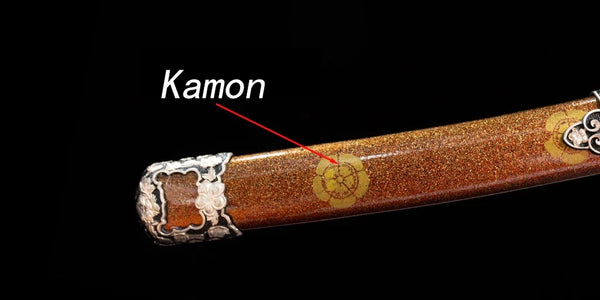
How many kamon designs are there?
The family crest is also called "kamon". There are 350 basic kinds of family crests and 7500 derived kinds. The shapes of family crests are usually geometric figures, calligraphy, plant patterns, etc. Rare). Larger families may have 2-3 kinds of family emblems, the most important one is for registration, the other is for daily use, and different families share the same family emblem. Japanese officers often nail or weld their family emblem to their sword, usually side by side with the military emblem of the sword. The family emblem used here is usually silver, with a diameter of 1-1.2 cm. Family emblems are common on Old Guntos, Shin Guntos, and Army and Kai Guntos, but they are not found on Police Guntos. This may be because the children of Japanese families usually join the army instead of becoming police officers.

What is the most famous Kamon?
Kikuka Monshō used by the Emperor of Japan
In addition to his special love of chrysanthemums, Emperor Gotooba in the early Kamakura period was also fond of making katana. Each katana that the Emperor made for himself had a Kikuka Monshō on the blade.
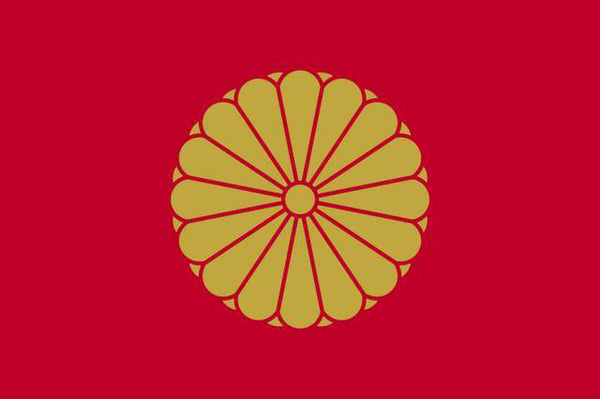
The kamon of the four great families
Thousands of years ago, in the Heian period of ancient Japan, the Emperor was not the only one who could call the shots, but there were also the four great families (げんぺいとうきつ), the descendants of the Emperor's sons and his loyal subjects who were given the Emperor's family name.
Warlord kamon




Takeda's diamond kamon with its sharp geometric lines is impressive. Shingen Takeda was the daimyo of the Kofuku Kingdom during the Warring States period of Japan, and the kamon's motif comes from the lozenge pattern on a samurai's armor

The famous Oda Nobunaga Kamon, called "King Mon" by the enemy on the battlefield. It was always a terror to the enemy.

At the same time, he was allowed to use the kirigami as a kamon, and Toyotomi Hideyoshi's kamon was special and was called "Taiko Kirigami".

After the 16th year of Keicho, the three-leaf aoi became the exclusive kamon of the Tokugawa family.
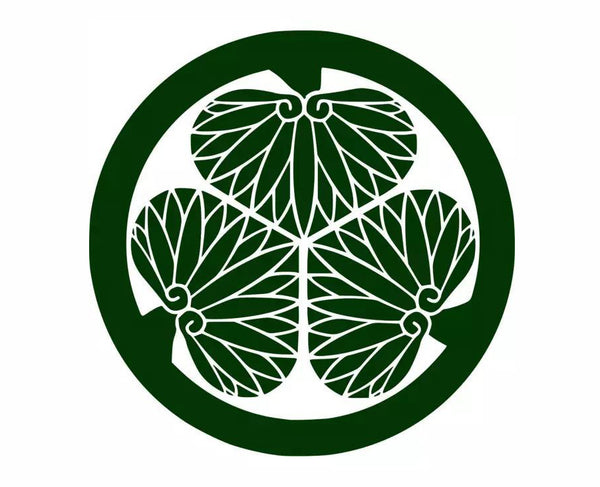


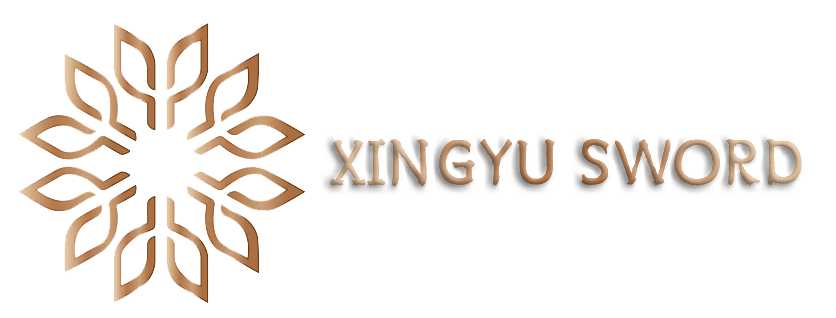
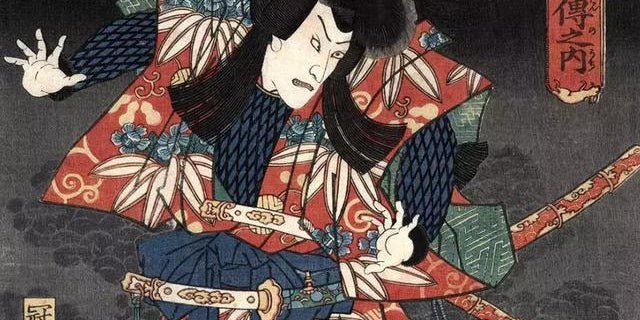
Leave a comment
This site is protected by hCaptcha and the hCaptcha Privacy Policy and Terms of Service apply.